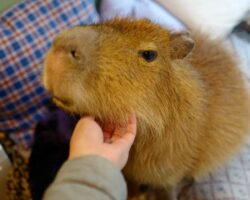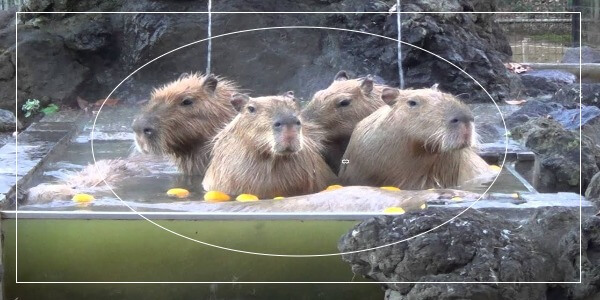Skunks are rat-like creatures that are popular across South And North America. When you see skunks, you think of rodents but are they really rodents?
With several animals with similar body composition and appearance, it is important to categorize these animals for easy identification. Skunks, for instance, share common characteristics with rodents, especially rats and mice, which makes you wonder if they are rodents.
Skunks are mammals like rodents. They are endemic to various habitats, including deserts, forests, grasslands, woodlands, and urban areas.
Skunks are omnivorous and nocturnal as most rodents. They are small in size and can be identified by their bold black-and-white appearance. Despite their small size, they are dangerous predators.
Skunks share certain traits with rodents, which brings up the question: “Are skunks rodents?” If you have been searching for answers to this question, stay on this article and join us as we unveil the truth.
What Are Rodents?
Rodents are one of the most popular animal groups in the world. When we think of rodents, animals that typically come to our minds are rats and mice. However, there are multiple species of rodents than just rats and mice.
Rodents are classified in the Rodentia order, which consists of varieties of animals. There are roughly 2,000 species of rodents in the Rodentia order. These rodents come in different sizes, shapes, and colors, they live in different habitats, and they are found in all continents of the world except Antarctica.
Most rodents have small, stocky bodies, short limbs, and long tails but not all of them have small bodies, as the capybara is known for its large size. Another characteristic of rodents is that they are herbivores, meaning they feed on plants, grasses, fruits, and vegetation but some rodents are omnivores.
While rodents share similar characteristics, there are some differences among them. All rodents have a common feature – they have a set of ever-growing teeth.
Rodents’ teeth do not stop growing during their lifetime. This can cause trouble for them as their teeth can grow too big for their mouth or pierce through their brain.
To prevent this, they have to constantly gnaw and chew different materials. This is the reason why rodents cause a lot of damage to properties such as wood, walls, furniture, etc. Even when they are not hungry, rodents can still gnaw on various materials.
They do not gnaw objects for fun but they do this to regulate their teeth growth. Gnawing objects not only sharpen their teeth but keeps them to a manageable extent.
Apart from chewing all manner of materials, rodents can keep their teeth worn down by rubbing the upper incisors against the lower incisor. This movement creates a sharp chisel-shaped edge on the teeth.
Rodents do not have canine teeth, so they have a large gap between the incisors and premolars. While they do not have the powerful canine teeth of carnivores, their teeth are extremely strong and sharp enough to cut through various materials.
Are Skunks Rodents?
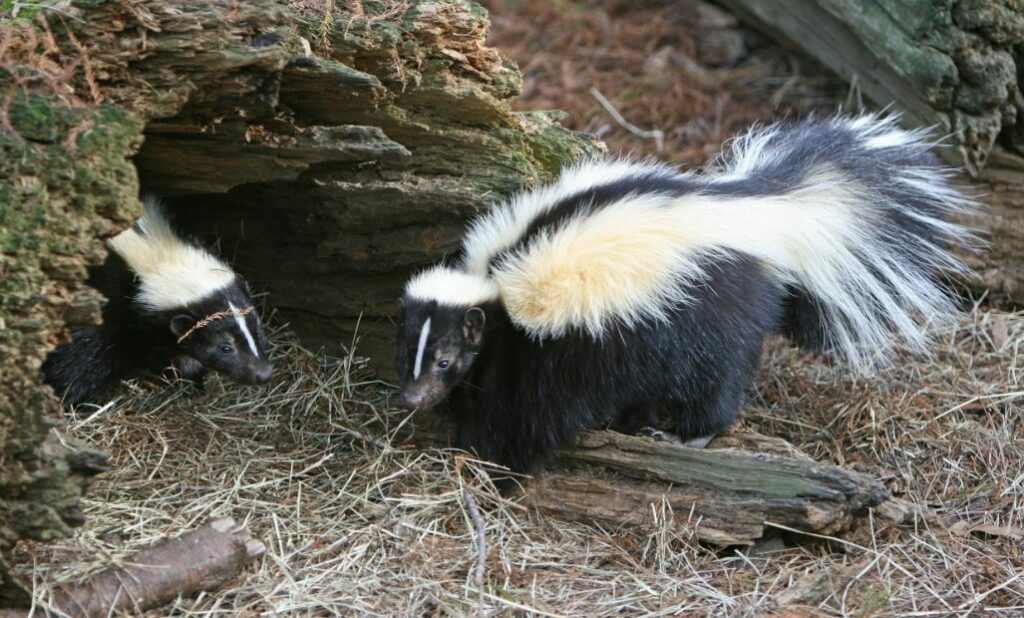
Despite their appearance, skunks are not rodents and they are not members of the Rodentia order. Instead, they belong to the Carnivora order.
Both rodents and skunks have unique teeth. While rodents are known for their incisors, skunks have different teeth in their mouth. Skunks have carnassial teeth, a set of teeth that are found in all meat-eating creatures.
Carnassial teeth have a blade-like effect and can slice and pierce through prey. The carnassials in the mouth of skunks are the first lower molar and the last upper molar teeth. Apart from the carnassial teeth, they also have wide crushing teeth, which is the first upper tooth.
Skunks do not have continuously growing incisors like rodents but their teeth are sharp and bite. Also, they have canine teeth, which no rodent has.
Skunks use their sharp canine teeth to kill and rip their prey to pieces. Skunks are the main predators of honeybees and they prey on several animals such as snakes, lizards, frogs, birds, worms, and rodents. Shockingly, skunks eat rodents, and they also feed on leaves, nuts, berries, and fruits.
Another factor distinguishing skunks from rodents is that they have a unique defense mechanism, which no rodent in the world has.
What Class or Order Do Skunks Belong To?
Since skunks aren’t members of the Rodentia order, what class do they belong to? There are a series of controversies and disagreements over classifying skunks.
Scientists have yet to find the appropriate order to place these creatures. The reason is that skunks share a lot of things in common with many animals. While they share similar traits with weasels, they seem to have a lot more in common with rodents, but yet, they aren’t rodents.
Historically, skunks were included in the Mustalidae family alongside other weasel relatives such as ferrets, badgers, minks, otters, and wolverines.
However, not everyone agrees that skunks share enough characteristics with weasels to be placed in the subfamily of Mustelidae. Instead, they created a new family of skunks, which they called Mephitidae, meaning “stink” or “bad smell.”
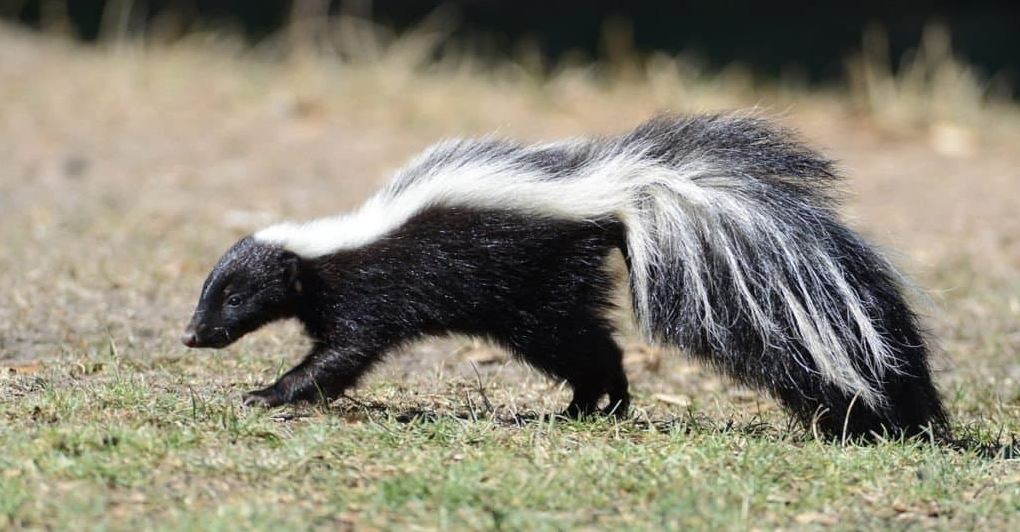
The Mephitidae family group is made up of only skunks and stink badgers, the closest relatives to skunks. At the moment, there are roughly ten species of skunk seen across three genera.
Speaking of order, skunks do not belong to the Rodentia order. The Rodentia order is the biggest in the world, as it has roughly 2,000 species across over 489 genera. Science records that 40% of mammals in the world are rodents.
While skunks aren’t Rodentia members, they come from the Carnivora order. The Carnivora order is a relatively large order containing over 280 species, including cheetahs, dogs, cats, raccoons, seals, etc.
Members of the Carnivora order are renowned meat-eaters. They live in different habitats and exist in many terrains, including land and water. Most carnivore animals belong to this order. However, some members of the Carnivora order, including skunks are more omnivores than carnivores.
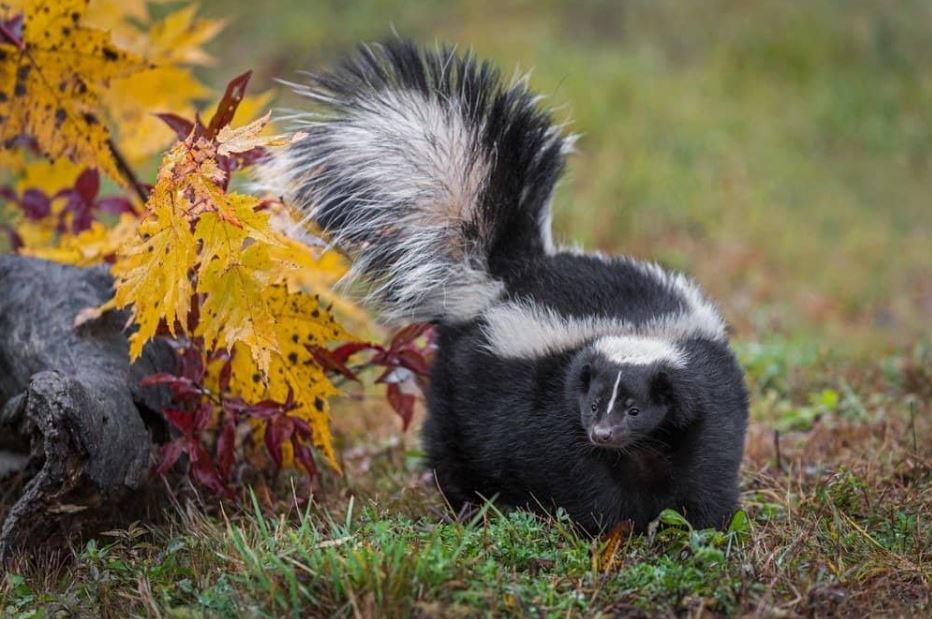
In the taxonomic classification of creatures in the animal kingdom, the genus is the next category that is discussed after the family or subfamily of the animal. The Mephitidae family of skunks belongs to four genii.
The following three genii below contain skunks in North America:
1. Genus Conepatus
This genus contains hog-nosed skunks, which are more carnivores than other skunk species. These species have long snouts they use for rooting and rummaging for food in the ground.
These creatures are friends of farmers because they prey on pests like insects and rodents that destroy crops.
2. Genus Spilogale
The Genus Spilogale contains the spotted skunk. This skunk features stripe patterns on their bodies on their fur, making them distinct from other skunk species.
Spotted skunks are excellent climbers, they climb trees and various surfaces. They typically perform a handstand to warn potential enemies that they are about to attack with their spray.
3. Genus Mephitis
Lastly, the Genus Mephitis contains the striped skunk or hooded skunk, which is popular in North American countries. The hooded skunk earns its name because they have a white hood covering their heads.
How Do Skunks Defend Themselves?
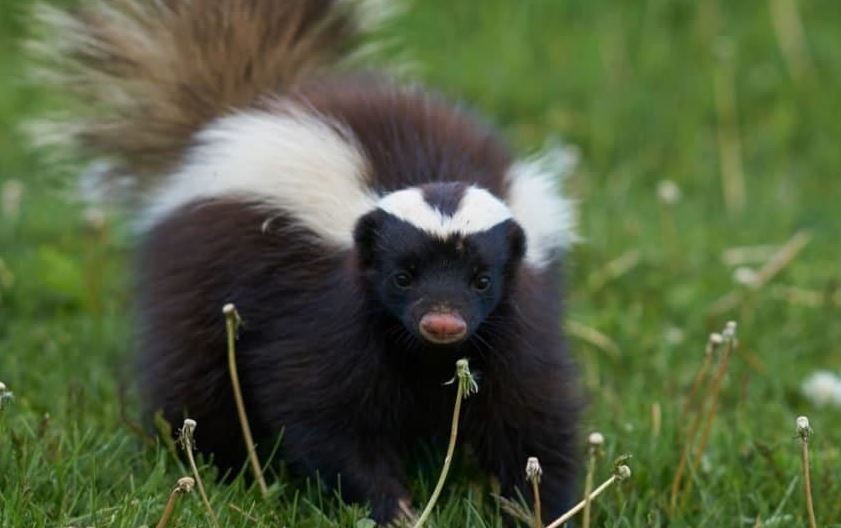
Earlier, we mentioned that skunks differ from rodents because they have a unique defense system that rodents lack. So how do skunks defend themselves from potential predators? Skunks are notorious for producing and spraying an offensive, foul-smelling liquid.
This liquid is generated from their anal gland and is often used when the animal is under threat or endangered. Only two animals are known to produce this smelly liquid – skunks and stink badgers.
This liquid sprayed by skunks is a mixture of sulfur-containing chemicals. Also, this spray is strong enough to be perceived by a human up to 3.5 miles away. Skunks keep sufficient amounts of this foul-smelling liquid for five or six sprays, and it takes roughly ten days to make more.
Due to the muscles close to their anal glands, skunks can spray the foul-smelling liquid over long distances as far as 10 feet away. This liquid has been more of a blessing to them than a curse as it prevents predators from harming them.
Predators such as coyotes and foxes are scared of attacking skunks for fear of being sprayed with the liquid. While skunks can easily deter most predators, their only threat is the great horned owl.
Furthermore, the striking black-and-white color of skunks can warn potential threats and predators of the impending danger of being sprayed.
Skunks seem to warn predators before attacking them with the foul-smelling liquid. They can also ward off predators using different vocalizations and gesticulations such as hissing and foot-stamping when endangered or threatened. The spray is usually the last resort or action they take to keep the predator away.
Conclusion
Skunks are not rodents but they are powerful animals. These small mammals can be found in different places. Skunks are not aggressive animals but they can use their foul-smelling liquid when threatened.
If you happen to see a skunk in your home, ask for help or contact skunk removal agencies near you. Skunks belong to the wild and it is not good to have one in your home. Skunks are not dangerous animals, so you shouldn’t be afraid when you see one.
These animals are shy and typically run away from sight when spotted rather than biting or releasing their spray.
Although skunks share a lot of characteristics with weasels and rodents, they are not related to any of them. Skunks are not members of the Rodentia order or the Mustelidae family. They are classified in the Mephitidae family and are members of the Carnivora order.




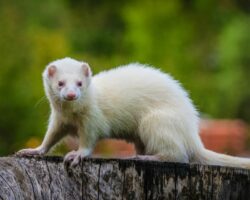

![Capybara Meat And Its Culinary Uses - [Every You Should Know] Capybara Meat & Culinary Uses](https://capybaratips.com/wp-content/uploads/2023/03/Capybara-meat-250x200.webp)
